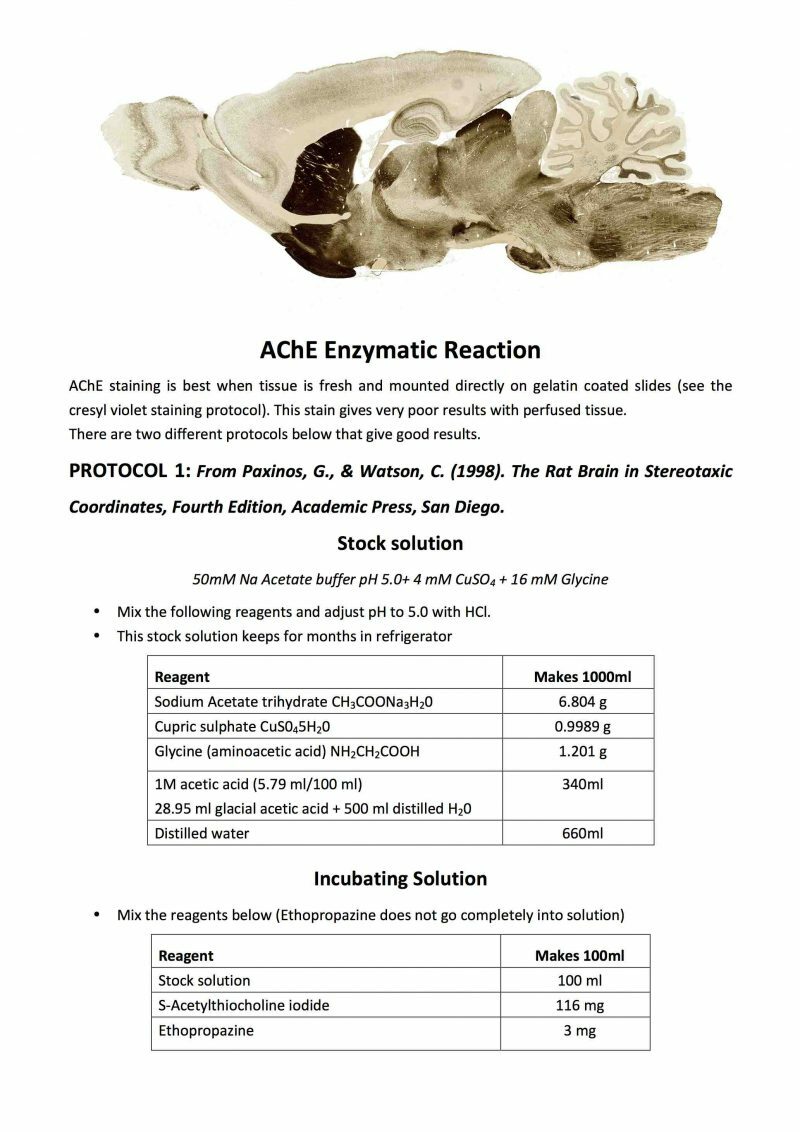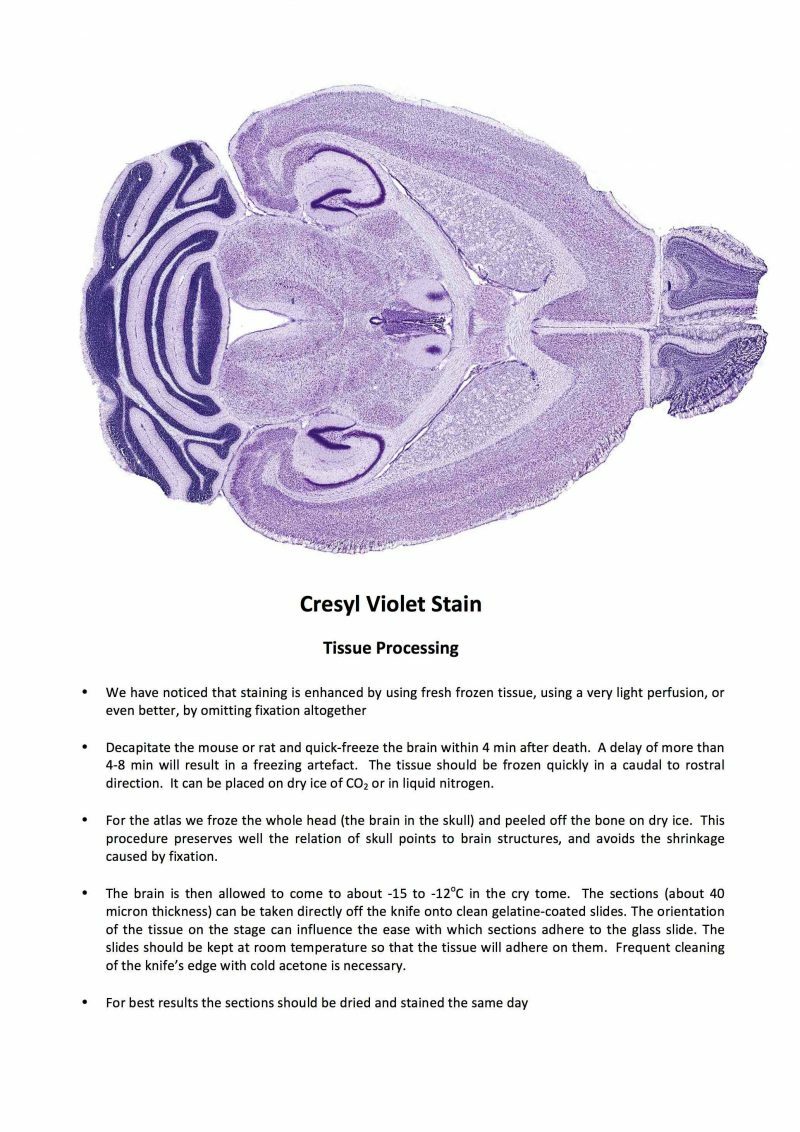Dr Teri Furlong
Postdoctoral Fellow

Current Appointments
NHMRC Senior Principal Research Scientist, NeuRAKey Research Areas
Professor George Paxinos is the scientist who mapped the brain of humans and the principal experimental animals. He studied at Berkeley, McGill and Yale and was a visiting scientist at Cambridge, Oxford, Stanford and UCLA. As brain cartographers before him, he publishes his work principally in books, 57 in his case. His first, The Rat Brain in Stereotaxic Coordinates, is the most cited publication in neuroscience and, for three decades, the third most cited book in science.
The First edition of his Atlas of the Human Brain received The Award for Excellence in Publishing in Medical Science from The Association of American Publishers (AAP) and the latest edition the British Medical Association Illustrated Book Award. His Human Brainstem was a 2020 PROSE Award finalist (AAP).
After a 21-year effort, Paxinos wrote a novel in the environmental genre: Orwellian in its encapsulation of the quintessential moral and social dilemmas of the 21st century, A River Divided shows Paxinos is also a storyteller. Cloned ancient genes skip two thousand years to produce identical twins who are raised apart, unaware of the others existence, but destined to clash in an almighty battle for the Amazon. You can order the novel at georgepaxinos.com.au or at Booktopia.com.au, Amazon.com.au, Bookdepository.com (for outside Australia).
Click here to see a presentation of relevant photographs from research trips to Israel, Greece, the Vatican, the Brazilian Amazon and Bueno Aires. You can also access the song from the Greek language version of the book.
For a free copy of the ebook of ‘A River Divided’ click here For a free copy of the audiobook of ‘A River Divided’ click here
Purchase a hard copy of A River Divided
Prof Paxinos' most significant atlases and books
The Paxinos and Watson Collaboration


2024 Jan
The Blood‐Brain Barrier in Both Humans and Rats: A Perspective From 3D Imaging
View full journal-article on https://doi.org/10.1155/2024/4482931
2022, 31 Oct
The anatomy of obsessive-compulsive disorder
View full preprint on https://doi.org/10.1101/2022.10.06.22280808
2022, 18 Oct
HumanBrainAtlas: an in vivo MRI dataset for detailed segmentations
View full preprint on https://doi.org/10.1101/2022.10.16.511844
2020, 18 Sep
Subcortical Atlas of the Rhesus Macaque (SARM) for Magnetic Resonance Imaging
View full other on https://doi.org/10.1101/2020.09.16.300053
2019
The Chick Brain in Stereotaxic Coordinates and Alternate Stains: Featuring Neuromeric Divisions and Mammalian Homologies
2018
3D imaging of PSD-95 in the mouse brain using the advanced CUBIC method
2018
Kif1bp loss in mice leads to defects in the peripheral and central nervous system and perinatal death (vol 6, 2017)
2018
Odor Enrichment Increases Hippocampal Neuron Numbers in Mouse
2018
Publisher Correction: Kif1bp loss in mice leads to defects in the peripheral and central nervous system and perinatal death
2017
An ontologically consistent MRI-based atlas of the mouse diencephalon

Postdoctoral Fellow
Every dollar of community support enables our scientists to continue making life-changing discoveries that contribute to a brighter and healthier future.
Run, swim or bake your way to making a positive difference in the lives of people touched by brain and nervous system disorders.
Stay informed about our latest research breakthroughs, scientific discoveries and the incredible minds behind them – subscribe today.
Neuroscience Research Australia respectfully acknowledges the Bidjigal and Gadigal peoples of the Eora Nation as the Traditional Owners of the Land on which we stand and pay our respects to Elders past and present.
Redevelopment of the NeuRA website has been made possible by the generous support of Conexus Financial.